#finnish mythology
Text


lemminkäinen is a character in kalevala who, in order to win the hand of one of pohjola's daughters, is tasked to shoot the swan of tuoni
shooting the swan of tuoni brings doom to those who attempt it, and lemminkäinen even before attempting this is attacked by a man that shoots him into the tuoni river and eventually is described to be "shattered to pieces" by the son of tuoni who protects the river the swan resides in, which i always thought was a pretty gruesome visual....he's later put back together by his own mother, but there's already a famous painting about that part!
#kalevala#finnish folklore#finnish mythology#lemminkäinen#body horror#hey i Can draw the men of finnish folklore too and not just ladies lol
84 notes
·
View notes
Text

Fairy Maidens of the Waters
1919/20
Artist : Joseph Alanen (1885-1920)
4K notes
·
View notes
Text
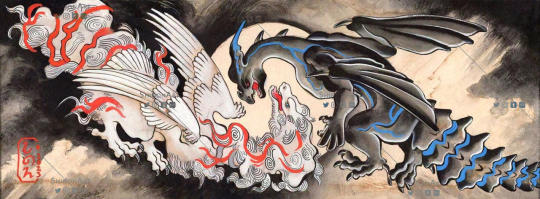

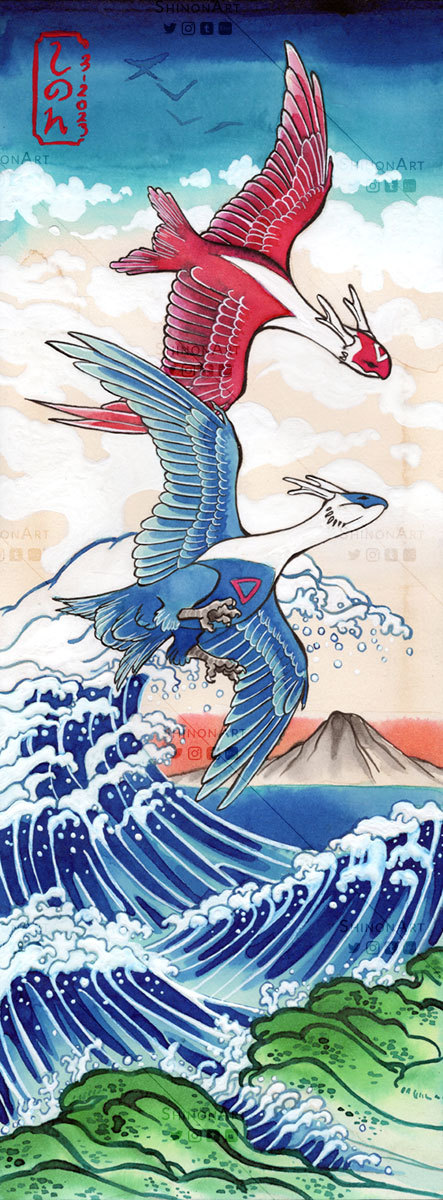

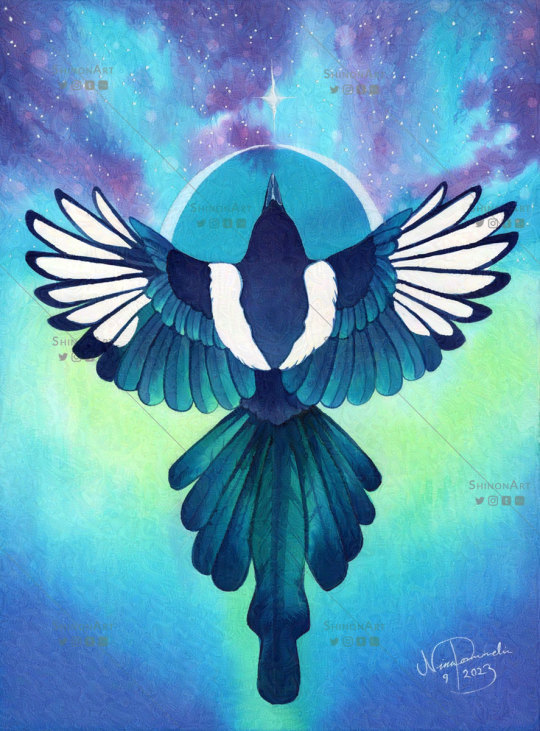
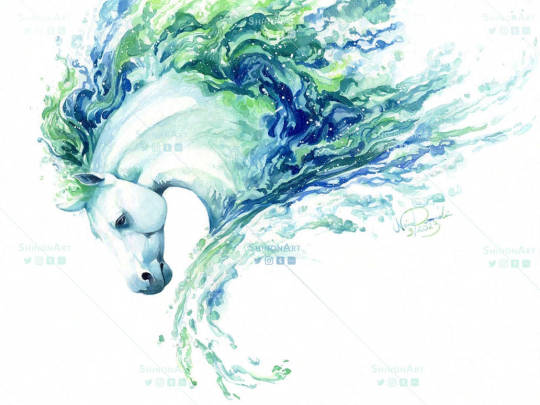
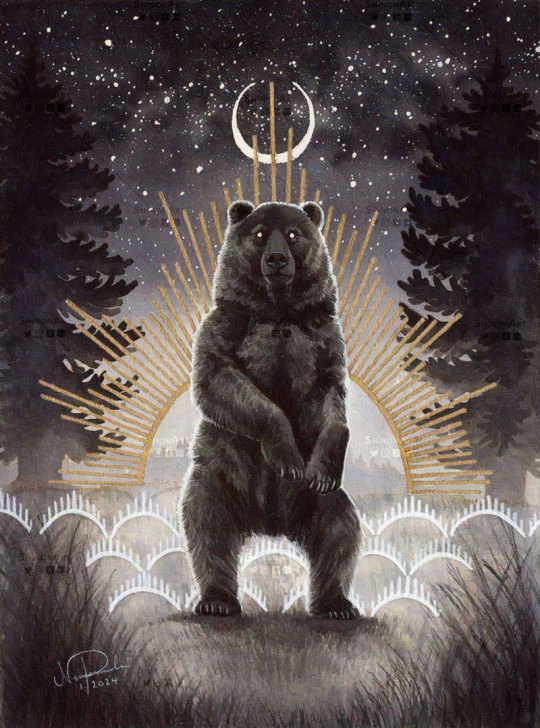

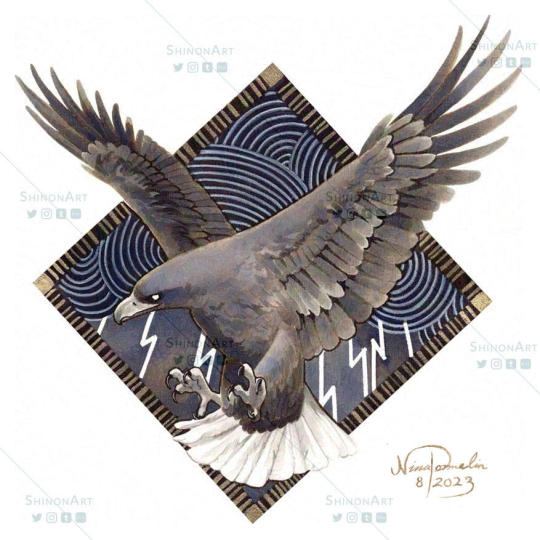
It's my birthday again so here are a few of my favourite pieces from the past year! These are all traditional, ranging from watercolors to inks to acrylics.
I hope I get to make more works like these in the coming year!
Find me and my art elsewhere!
#art#artists on tumblr#finnish mythology#mythology#folklore#bee#bumblebee#eagle#bear#pokemon#pokemon fanart#shadow lugia#lugia#latios#latias#reshiram#zekrom#horse#skulls#space#magpie#birds#traditional art
686 notes
·
View notes
Text

Sampo (The Day the Earth Froze) 1959
dir. Aleksandr Ptushko
468 notes
·
View notes
Text
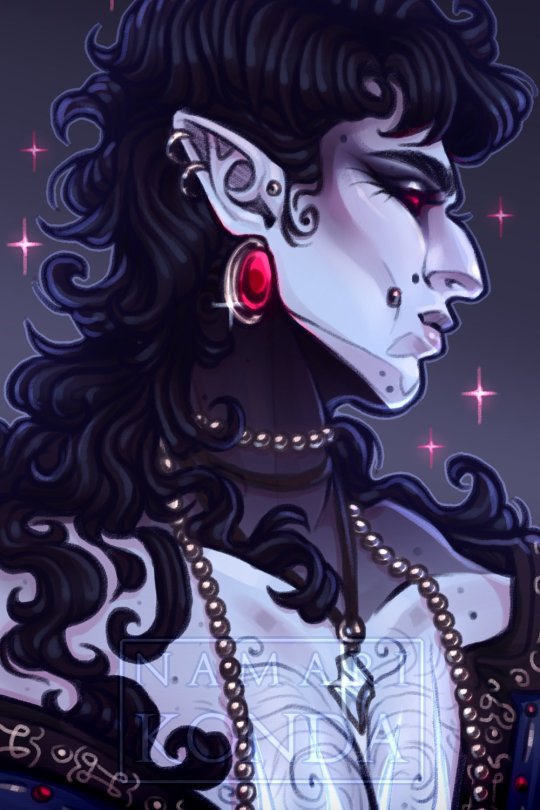
"And that is what it was: an effigy of great promise & wealth.
But those promises carry little worth in a world beyond salvation."
#he/it#rhodon#digital art#artists on tumblr#dnd#dungeons and dragons#bard#elf#sea elf#mythology#greek mythology#finnish mythology#my art#rhodon is my babygirl and hes being going through a lot recently#so i finally allowed him to untie his hair hehe
759 notes
·
View notes
Text

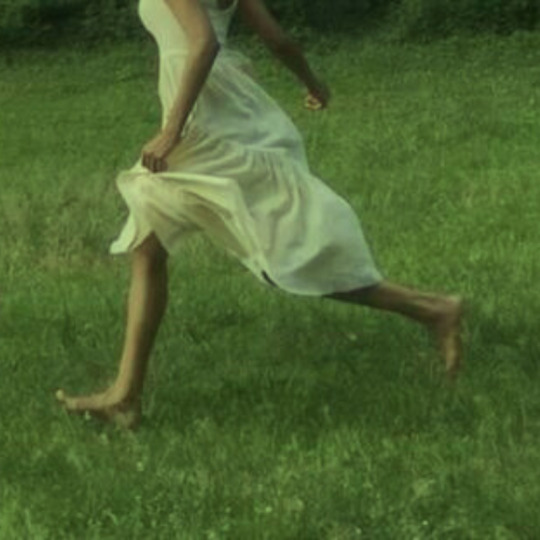
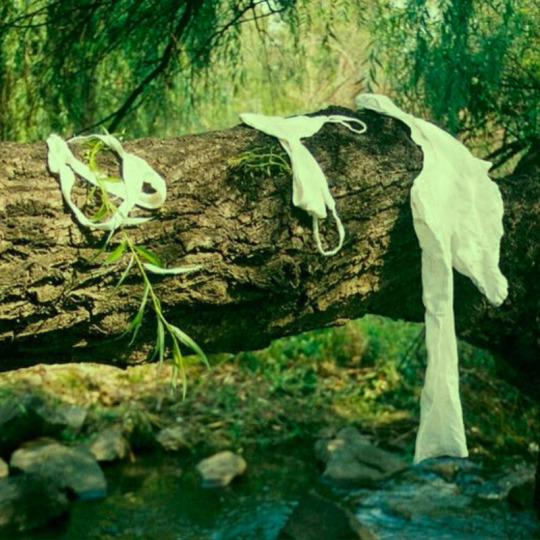



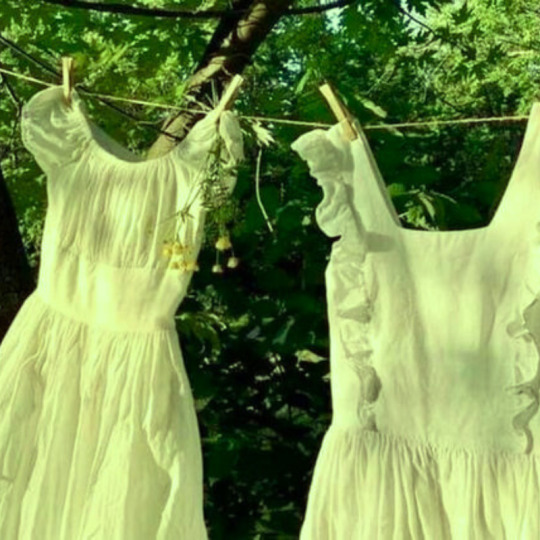

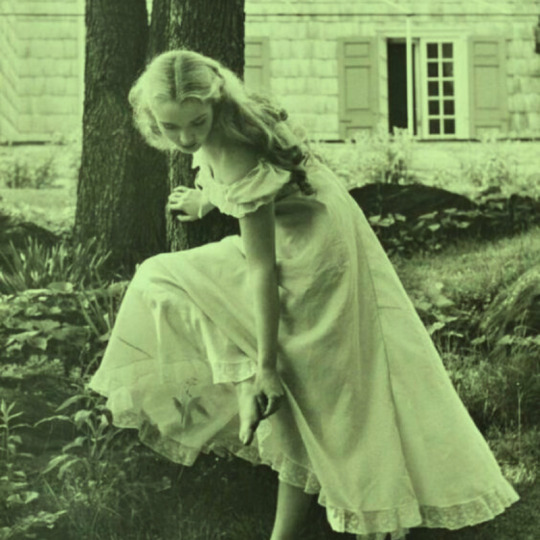
finnish mythology: pihatonttu
pihatonttu are tutelary, which are spirits or deities of particular locations, people, nation, or culture, of the yard. they are generally described as being short, having a long white beard, and wearing a conical or knit cap in gray, red or some other bright colour. they often have an appearance somewhat similar to that of a garden gnome.
206 notes
·
View notes
Text
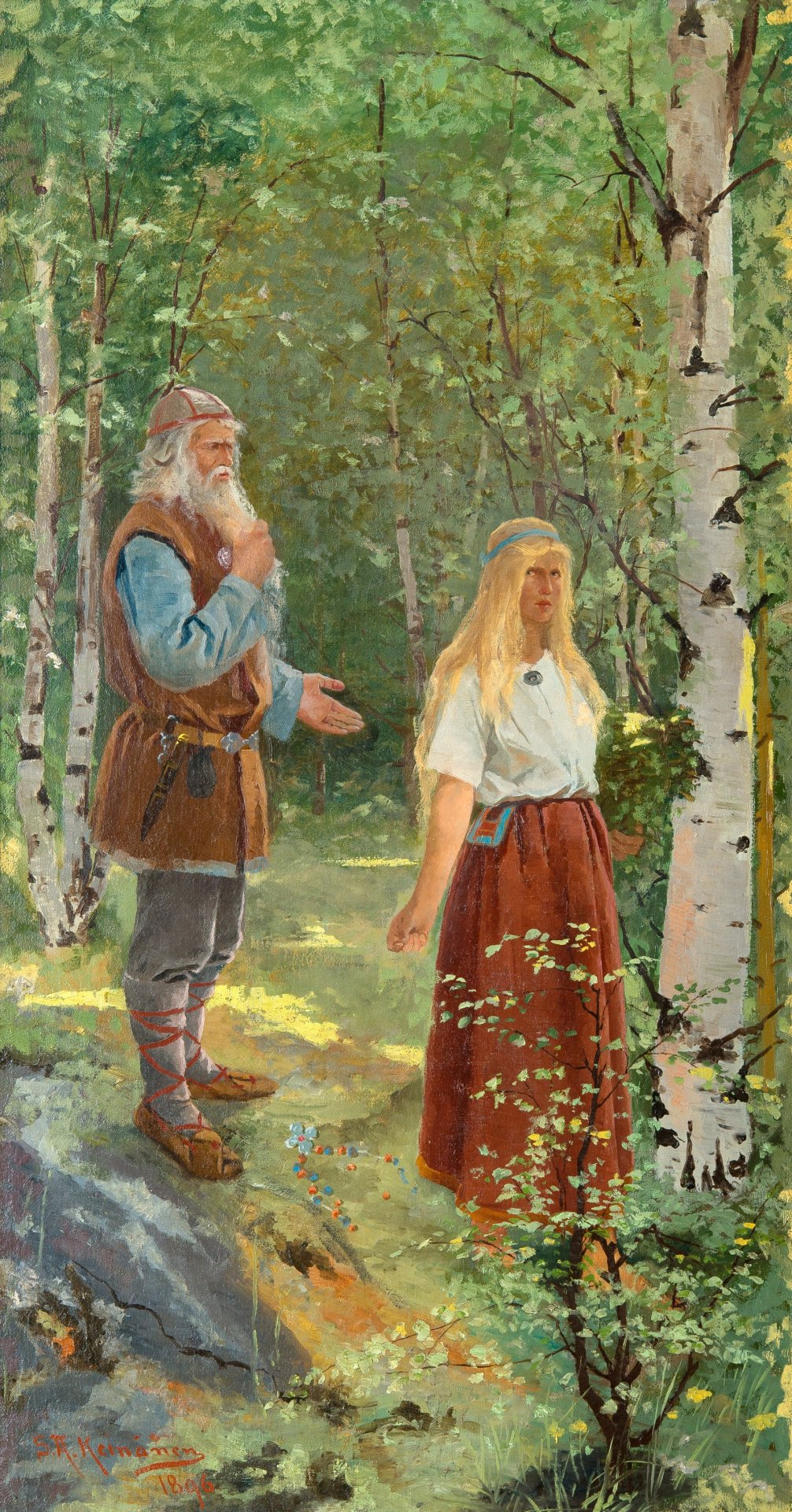
Väinämöinen and Aino, Sigfrid Keinänen, 1896
#art#art history#Sigfrid Keinänen#literary painting#illustration#Kalevala#mythological painting#Finnish mythology#Finland#Finnish art#19th century art#oil on canvas#private collection
150 notes
·
View notes
Photo
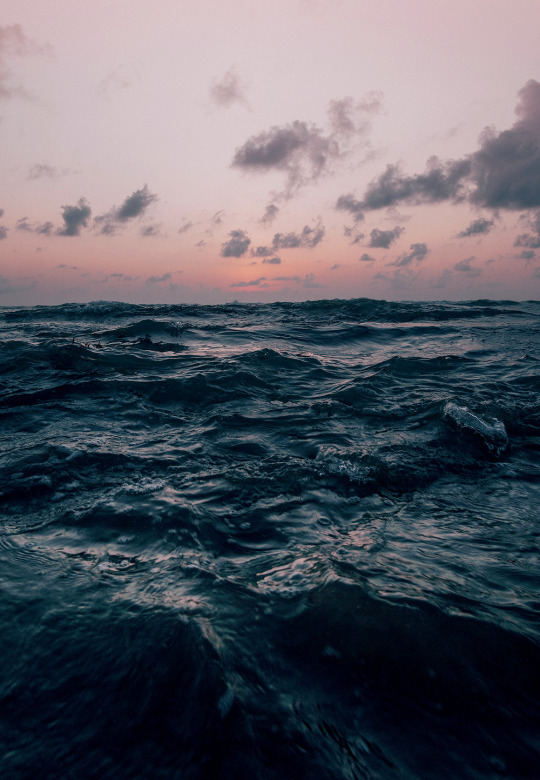


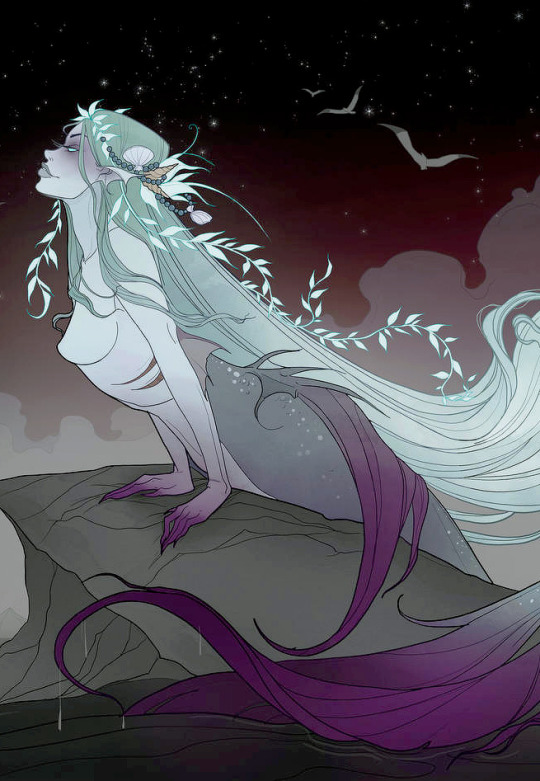
The Evermore Grimoire: Finnish Mythology
Vellamo was the goddess of water, lakes and seas in Finnish mythology. She was said to be tall and beautiful, and was respected by fishermen, who prayed to her for good fishing luck. She could also control the winds to help sailors, and also controlled the storms and waves. Vellamo was said to wear a blue dress made from sea foam. Her name comes from the Finnish word ‘velloa,’ which means ‘movement of water and waves.’ She was also often depicted as a mermaid.
artwork by IrenHorrors
#MythEdit#MythologyEdit#FYeahMyths#FantasyEdit#Finnish Mythology#Sea Goddess#Merpeople#Goddesses#My Edit
638 notes
·
View notes
Text
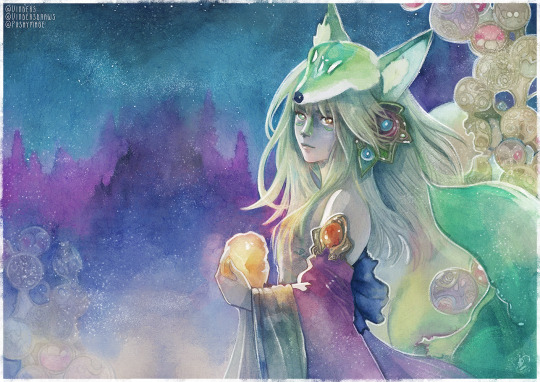
[𝕋𝕦𝕝𝕚𝕜𝕜𝕠]
“They dance among the stars and hold the keys to magical powers.”
In Finnish auroras are known as “revontulet” which roughly translates to “fox fires”, a name delivered from mythological creature known as Tulikk or Tulikettu (i.e. Firefox, tuli = fire, kettu = fox). According to folklore, the Tulikko lives in the woods and is rarely seen. Tulikko is black during the days but glimmers like a fire during the nights. The leather (or fur) of a Tulikko is immensely valuable, since it can illuminate without burning. It is said that catching one could make the hunter rich beyond measure. Auroras are the result of the Tulikko’s tail light trail.
—
I can never think about the word “aurora borealis” without thinking about that one The Simpsons episode…
ততততততততততততততততততততত
All links @
🍆 Vinders.gay 🍆
Support me @
🍆 Kofi - ko-fi.com/vinders (digital downloads)
🍆 Patreon - patreon.com/vinders
🍆 Etsy - etsy.com/shop/vindersart (posters, stickers & postcards)
Commission info
🍆 vindersart.carrd.co 🍆
54 notes
·
View notes
Text

I draw spooky stuff too :3c
24 notes
·
View notes
Text

[Image above+below: works of an Estonian artist, Kaljo Põllu (28 November 1934 – 23 March 2010) ]
Legends and myths about trees
Forest myths, Estonian traditional beliefs (2)
The world of the Estonians’ ancestors - Proto-Estonian mythology
The world of the Estonians’ ancestors is believed to have turned around a pillar or a tree, to which the skies were nailed with the North Star. The Milky Way (Linnutee or Birds' Way in Estonian) was a branch of the World tree (Ilmapuu) or the way by which birds moved (and took the souls of the deceased to the other world). These myths were based on animistic beliefs.
Some traces of the oldest authentic myths may have survived in runic songs. There is a song about the birth of the world – a bird lays three eggs and starts to lay out the nestlings – one becomes Sun, one becomes Moon and one becomes the Earth. Other Finnic peoples also have myths according to which the world has emerged from an egg.
It has been suggested by ethnologist and former president Lennart Meri and among others, that a Kaali meteorite crater which passed dramatically over populated regions and landed on the island of Saaremaa around 3,000 - 4,000 years ago was a cataclysmic event that may have influenced the mythology of Estonia and neighboring countries, especially those from whose vantage point a "sun" seemed to set in the east.
There are surviving stories about Kaali crater in Finnish mythology (Description of indigenous paganism by Finns who always believed in spirit beliefs).
In the Karelian-Finnish folk epic, the Kalevala, cantos (songs) 47, 48 and 49 can be interpreted as descriptions of the impact, the resulting tsunami and devastating forest fires. It has also been suggested that the Virumaa-born Oeselian god Tharapita is a reflection of the meteorite that entered the atmosphere somewhere near the suggested "birthplace" of the god and landed in Oesel.
Estonian mythology is a complex of myths belonging to Estonian folk heritage and literary mythology, and the systematic documentation of Estonian folklore had only began in the 19th century.
Therefore, information on Proto-Estonian mythology before the conquest of the Northern Crusades, Christianisation and incorporation into the European world and during the medieval era, is only scattered in historical chronicles, travellers' accounts and in ecclesiastical registers.
It can be difficult to tell how much of Estonian mythology as we know it today was actually constructed in the 19th and early 20th century. Friedrich Robert Fehlmann, one of the compilers of the Estonian national epic, Kalevipoeg in the introduction to Esthnische Sagen (Estonian Legends), states.
"However, since Pietism has started to penetrate deep into the life of the people...singing folk songs and telling legends have become forbidden for the people; moreover, the last survivals of pagan deities are being destroyed and there is no chance for historical research."

木にまつわる伝説・神話
森の神話・エストニアの民間伝承 (2)
エストニア人の祖先の世界 〜 原始エストニア神話
エストニア人の祖先の世界は、柱または木の周りを回っていたと信じられており、その柱には北極星とともに天空が釘付けにされていた。天の川(エストニア語ではリヌーテーまたは鳥の道)は世界樹(イルマプー)の枝であり、鳥が移動する(そして亡くなった人の魂をあの世に連れて行く)道であった。これらの神話はアニミズム的な信仰に基づいていた。
最古の本物の神話の痕跡が、ルーン文字の歌詞の中に残っているかもしれない。ある鳥が3つの卵を産み、雛を産み始める。ひとつは太陽になり、ひとつは月になり、ひとつは地球になる、という世界の誕生の歌がある。他にはフィン族にも、世界が卵から生まれたという神話がある。
3,000~4,000年前に人口密集地域の上空を劇的に通過し、サーレマー島に落下したカーリ隕石 (カーリ・クレーター) は、エストニアや近隣諸国、特に「太陽」が東に沈むように見えた国々の神話に影響を与えた可��性がある、と民族学者で元大統領のレンナルト・メリらによって示唆されている。
フィンランド神話 (精霊信仰を常に信仰していたフィン族による原始宗教的な伝説) にカーリ隕石に関する物語が残っている。カレリア・フィンランドの民俗叙事詩『カレワラ』の第47、48、49カント (聖歌) は、その衝撃と、その結果生じた津波、壊滅的な森林火災についての記述であると解釈できる。また、ヴィルマア生まれのオイセルの神タラピタは、この神の「出生地」とされる場所の近くで大気圏に突入し、オイセルに落下した隕石の反映であるとも言われている。
エストニア神話は、エストニアの民間伝承と文学的神話に属する神話の複合体であり、エストニアの民間伝承の体系的な記録が始まったのは19世紀になってからである。そのため、北方十字軍の征服、キリスト教化、ヨーロッパ世界への併合以前、そして中世のエストニア神話の原型に関する情報は、歴史年代記、旅行者の記録、教会の記録に散見されるのみである。
今日私たちが知っているエストニア神話のどれだけが、19世紀から20世紀初頭にかけて実際に構築されたものなのかを見分けるのは難しい。エストニアの民族叙事詩『カレヴィポエグ』の編纂者の一人であるフリードリヒ・ロベルト・フェールマンは、『エストニア伝説』の序文で次のように述べている。
“しかし、敬虔主義が人々の生活に深く浸透し始めて以来......民謡を歌い、伝説を語ることは、人々にとって禁忌となった; さらに、異教の神々の最後の生き残りは破壊されつつあり、歴史研究のチャンスはない。"
#trees#tree myth#tree legend#legend#mythology#folklore#estonian mythology#finnish mythology#kalevala#paganism#animism#north star#milky way#birds' way#world tree#nature#art#Kaljo Põllu#spirit beliefs#estonia
115 notes
·
View notes
Text

syöjätär (or eatress)
she's a finnish folklore character associated with things like disease and snakes and eating people, is sometimes depicted being very monstrous and magical but i was more interested in the seductive and wicked side of her since she's sometimes also depicted like a she-devil…it reminds me a lot of a succubus, and i still wanted to keep some monster lore here with a hint of the monstrous mouth that's said to be in the middle of her face 👹
300 notes
·
View notes
Text
Ahti would know the answer!
For SURE!
Ahti would know what a Sampo is!
Yes!
He knows everything!
#dougie rambles#personal stuff#what#no context#finland#finnish mythology#sampo#mythology#folklore#ahti the janitor#Ahti#control#control game#control remedy#control 2019#alan wake 2#alan wake ii#remedy games#gaming#my poor attempt at a joke
16 notes
·
View notes
Photo

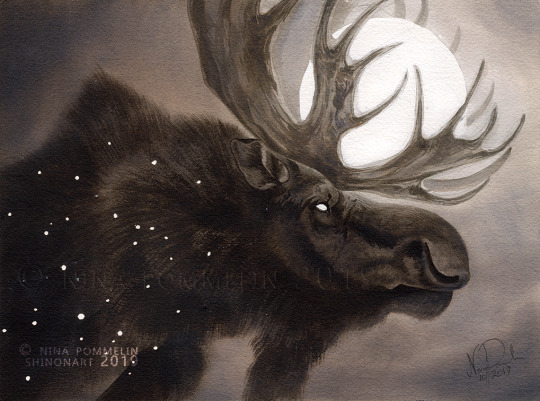

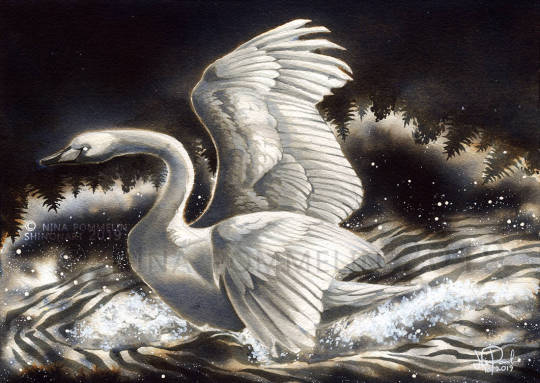



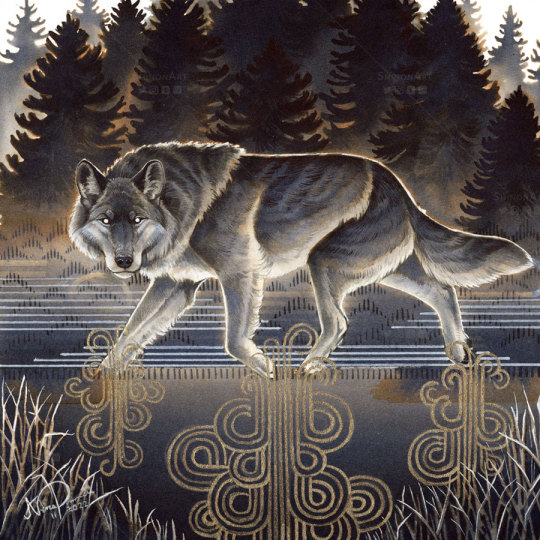
To celebrate my birthday here’s a few favourite pieces of mine! I feel that the OLD GODS series as a whole is something that I feel most proud of and that has helped me as an artist in so many ways.
OLD GODS art book
Find me and my art elsewhere!
#finnish mythology#mythology#folklore#pagan#paganism#pagan art#animal art#animals#wolf#hawk#grouse#bear#moose#eagle#viper#snake#ink painting#painting#traditional painting#artists on tumblr#old gods
2K notes
·
View notes
Text
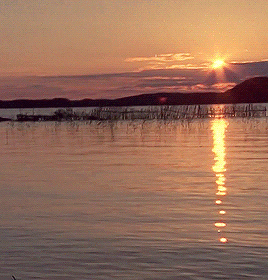

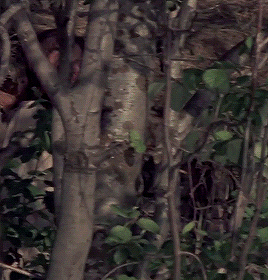
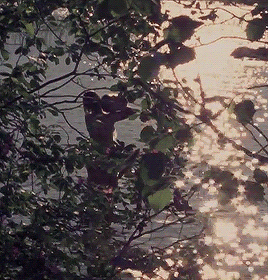




RAUTA-AIKA 1.03 Lemminki
52 notes
·
View notes
Text

That bloodstained son of Tuoni / struck the man with his sword,
struck fear with his hunger. /
Threw him to the stream of Tuonela / to the Underworld's underlake.
— Kalevala, rune 14, lines 445–8; 451-2.
My rendition of Tuonenpoika, the guardian of the Finnish underworld, Tuonela; This gore-covered son of Tuoni fishes for unwanted visitors downstream, slaying them. He is said to collect the belongings of all the dead flowing down river Tuoni.
#finnish mythology#kalevala#mythology#finnish folklore#tuonenpoika#art#artists on tumblr#digital art#character design#character art#finnish#my art#godkiller#im playing this version of Tuonenpoika as a character in the Godkiller RPG#godkiller RPG#ttrpg#ttrpg art#his colors are based on high iron waters that are common in finnish bogs#as well as rowan and alder trees/berries that are prominent in finnish myth#the only real descriptors about tuonenpoika tell how much he is covered by blood and gore<3
145 notes
·
View notes